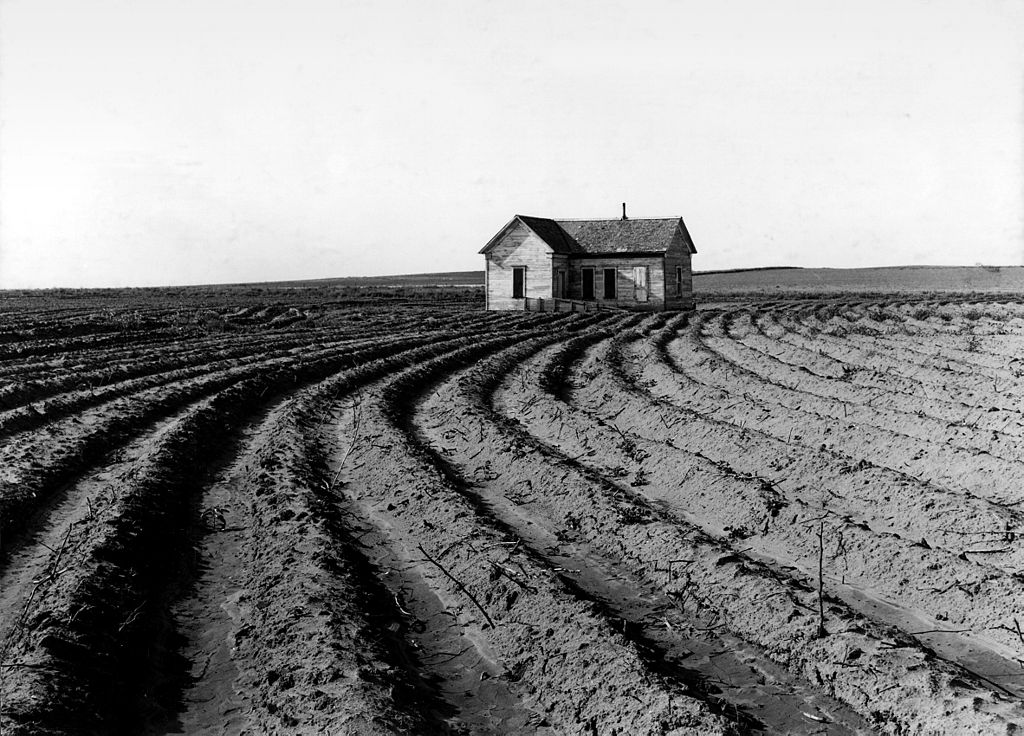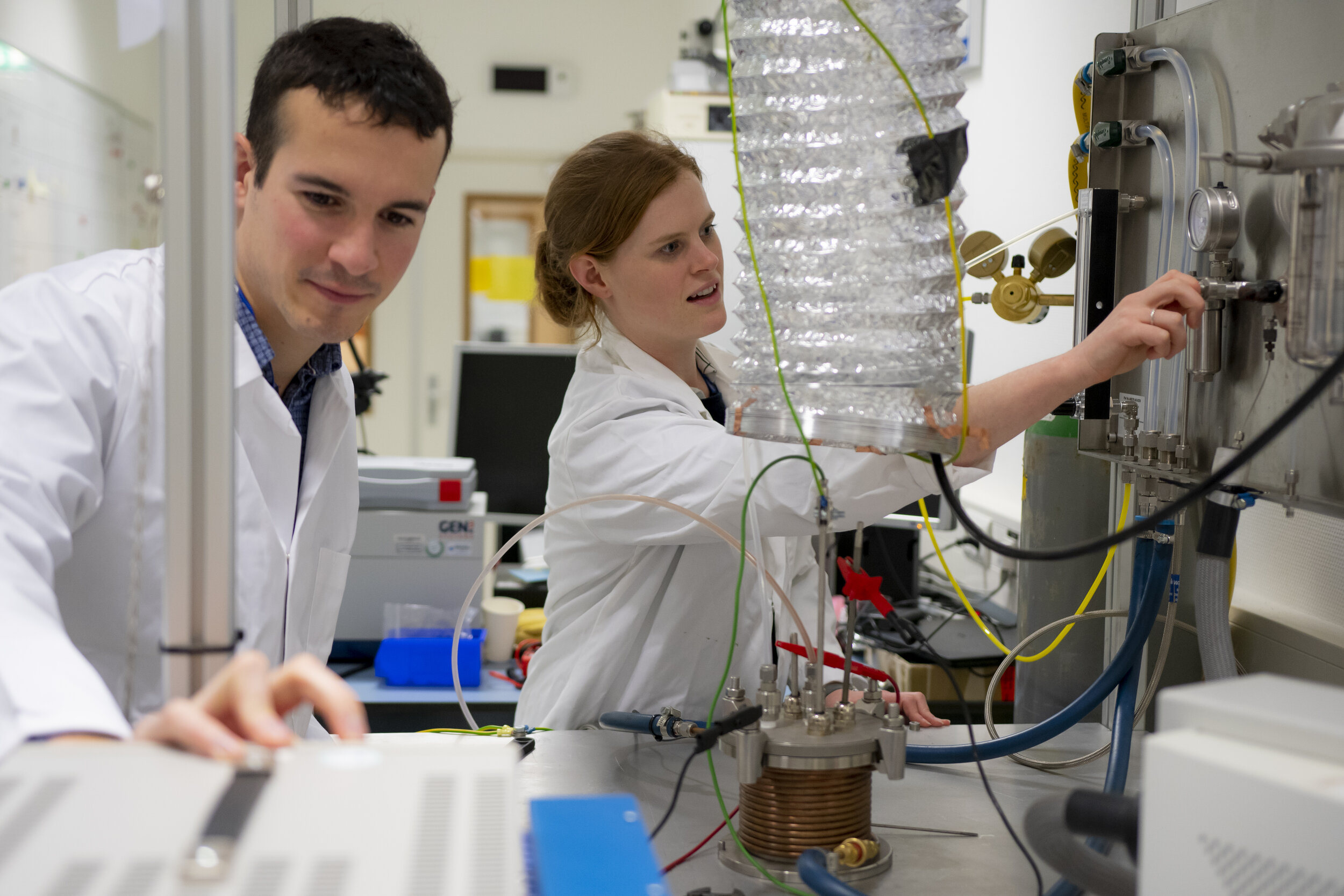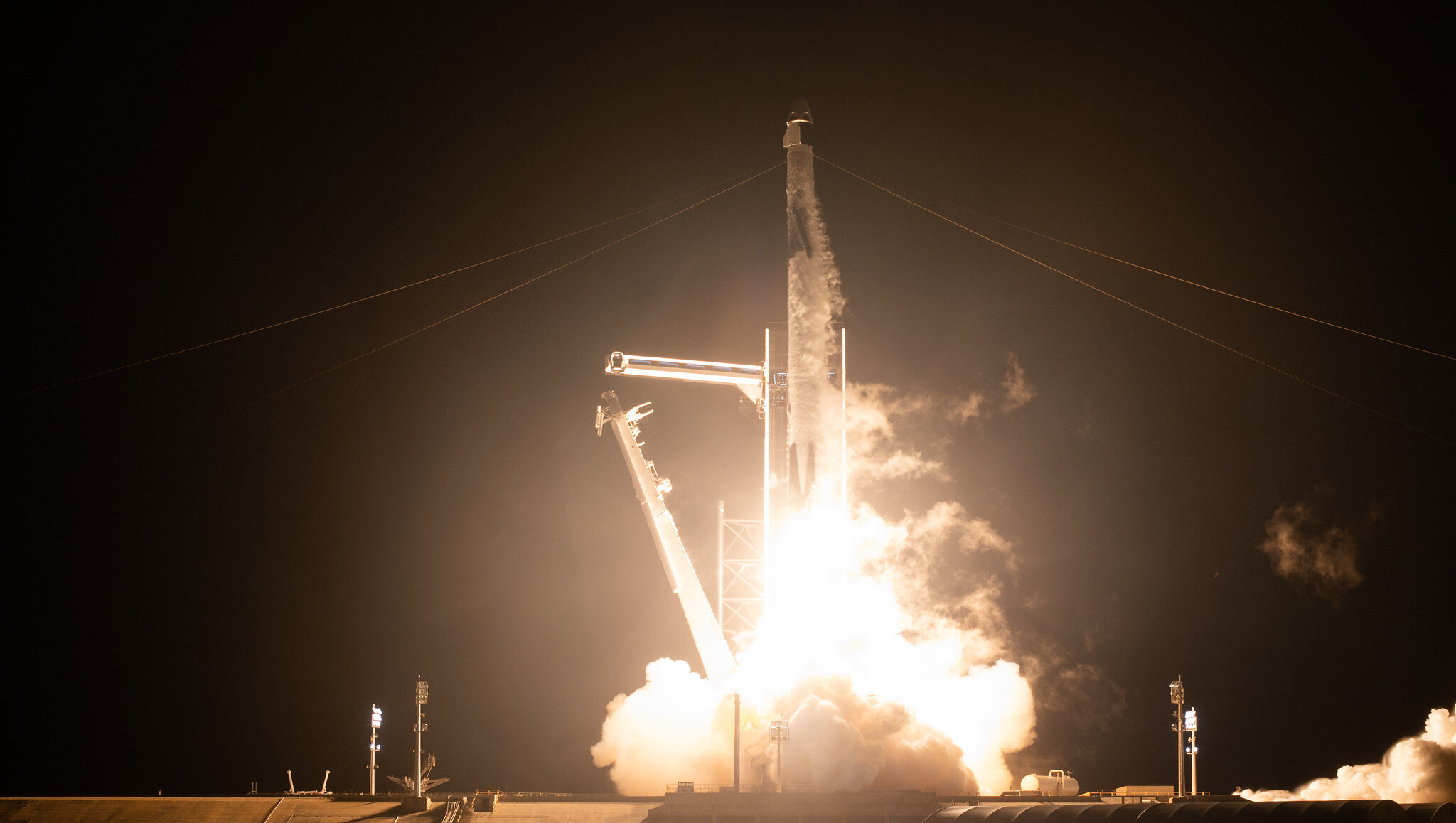PICTURED: Dr. Allen Williams, Ph.D. and pioneer of regenerative agriculture.
Sustainability is a word floating around all over the world of food, farming, environmental policy, energy sectors, and more with good reason; many practices in these fields are becoming demonstrably unsustainable. However Dr. Allen Williams Ph.D. of Joyce Farms would suggest it’s not enough or as useful a practice as regeneration.
“I for one don’t want to sustain an already degraded resource, I want to rebuild that resource and regenerate it and renovate it,” says Allen on a recent episode of the Sustainable Dish Podcast wherein he detailed the regenerative agriculture practices he peaches to farmers and ranchers across the country.
Dr. Allen’s regenerative agriculture practices preach a gospel of alliance with nature, not a containment war, and that bringing a paddock as close as it can be to a natural environment can not only maximize the health and nutritional quality of crops, but the soil and plants that grow there, the livestock which graze upon it, and even the entire planet from which it was born.
“What we’ve done is created a situation that is once again untenable and not sustainable, you know we hear the world sustainable thrown around a lot but what we’re doing is not sustainable.”
July, 1938. PICTURED: Modernized farming practices displace tenants from land in Texas during the Dust Bowl.
Modern Mistakes
As detailed by Dr. Williams on his website joycefarms.com, almost all of our modern farming and ranching practices going back to the Renaissance diminish the soil, the nutrients in our food, the biological diversity and robustness of an ecosystem, and much more besides the more recently the practice was adopted. Even tilling, which goes back hundreds and hundreds of years, is a damaging and unsustainable farming tactic.
A true farmboy, when Allen was young, most of the food he ate was grown or raised on the farm he grew up on. Now, he says, most rural communities rely on convenience stores for their grocery shopping as more and more landholders are switching to corn or soya bean production to make certain they acquire ends meat.
Cattle ranching and other animal husbandry is going in similar directions, where grass has been replaced by corn, and pastures with feedlots.
In order for the food we grow to contain all of the nutrients needed for maximal healthy humans, Dr. Allen has a 6 step plan to increase the quality of the soil and all that inhabits it which he says can match the scale of the most unsustainable industrialized agricultural operations.
Dr. Allen would say it starts with restoring the life and health within the soil, increasing the proliferation of soil microbes which act like glue – holding soil particles together and increasing water holding capacity; critical for mitigating the damage of flooding and droughts.
The planting of a rich and diverse selection of cash and cover crops in the same paddocks and orchards, help to increase the microbial diversity in the soil and in the nutrients of the plants themselves. The greater the number of species, the more microbial diversity, and the greater the variety of soil microbes, the better the plants can grow. The addition of cover crops can have a variety of purposes such as the opportunity to forage for additional vegetables as well as supporting local pollinators or other animals such as birds – increasing the biodiversity of the ecosystem.
Different plants also produce different arrays of secondary metabolites, which are highly medicinal to livestock and wildlife. For example, some of these plants actually act as dewormers for the animals, meaning that livestock don’t have to be chemically de-wormed.
Many of these secondary metabolites, according to Dr. Allen, directly relate to human health and well-being through the introduction of plants into our diets who have had to build up natural immunity to bacteria and viruses in the soil. These compounds that are created in plants in response to diseases enter into our body when we consume them, slowly developing our immune system and encouraging it to become more robust.
Next is the ceasing of unsustainable practices like tilling the soil, which tears it apart, reducing water retention and microbial life, and the use of chemical herbicides, pesticides, and fungicides.
Finally, Dr. Allen stresses that in a natural healthy ecosystem like the ones on the Great Plains of America, the earth was constantly under duress from grazing ruminants like bison and antelope, often in such numbers that it would take days for the herds to pass over a road or train track. The constant trampling of the land helped compact the soil, increasing water holding capacity, and created a suit of armor for the soil by way of the mashed down plant life; reducing runoff and feeding the soil.
All of this, Dr. Allen says, regenerates the land and prevents us from having sterile paddocks where all production comes by way of the synthetic introduction of fertilizer, nitrogen, and ultimately life, into soil thus devoid.
“What we’ve done is created a situation that is once again untenable and not sustainable, you know we hear the world sustainable thrown around a lot but what we’re doing is not sustainable.”
For the Animals, For the World
Plants take in carbon dioxide from the air and convert it to oxygen during photosynthesis. They store the carbon thus captured in the soil below – normally in their roots – as carbohydrates, which feed the soil microbes and the plant. This carbon is then imprisoned within an underground crypt, and therefore cannot rise again into the atmosphere – one of the major factors of climate-change.
What may prove to be the most important result of Dr. Allen’s consultation with American ranchers and farmers is the return of plants onto fields which have lain brown and bare for two-thirds of the every year, stretching back centuries.
We lose all that capacity for carbon storage when a field is completely harvested, or more damingly, when forest or grasslands are converted to farmland, and all the stored carbon is released back into the atmosphere as these plants vanish from the landscape. The warm rays of the sun bake these empty fields, causing surface level microbes to shrivel and die and moisture in the soil to evaporate.
Regenerative agriculture’s method of keeping a natural portrait of plant life in a paddock year-round so as to maintain soil flourishing preserves that carbon, the microbes which help glue the soil together, and provides the chance to slow down and even reverse climate change by soaking up carbon in the atmosphere which we’ve deposited there by forest clearance and burning fossil fuels.
It also creates the perfect environment to grow nutrient dense foods, and feed cattle and other livestock in a natural way that confers greater health, immunity, and contentment among America’s herds.
Dr. Allen and Joyce Farms produced a documentary called Farmer’s Footprint, detailing the goal to establish 5 million acres of farm and ranchland utilizing regenerative agriculture practices.



